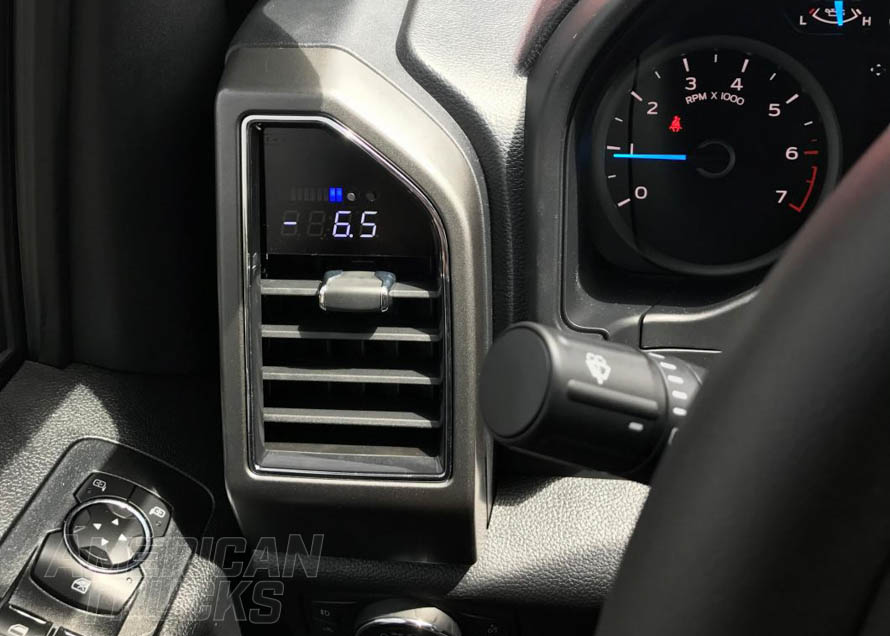The factory gauge cluster found in F150 pickup trucks running from 1997-2008 gives the driver only the most basic information and nothing more. Gauges for fuel level, oil pressure, coolant temperature, charging system voltage provide ancillary information at the corners and then the speedometer and tachometer provide control information front and central. 2009 F150 trucks saw the introduction of a permanent transmission temperature gauge which is welcome information for F150s that spend a lot of time towing. This transmission temperature gauge remained a permanent fixture in the upper right corner until 2015, when Ford took a mainly digital approach to the instrument cluster.
Contents
Shop F150 Gauges
After modding your F150, say for forced induction, adorning your interior with aftermarket gauges will help you keep an eye on the particulars of your engine. Air/fuel, exhaust temperature, and more will also help tuning as well as diagnosing any impending issues.

